I’m presenting at the New York State SHRM Conference in Verona, New York, this coming weekend.
That is the state-wide gathering of Human Resource Managers – it is good to be able to return to this big conference (post covid). I’ve also spoken in the near past at Safety Professional gatherings around the fact that it matters what Leaders do or don’t do!
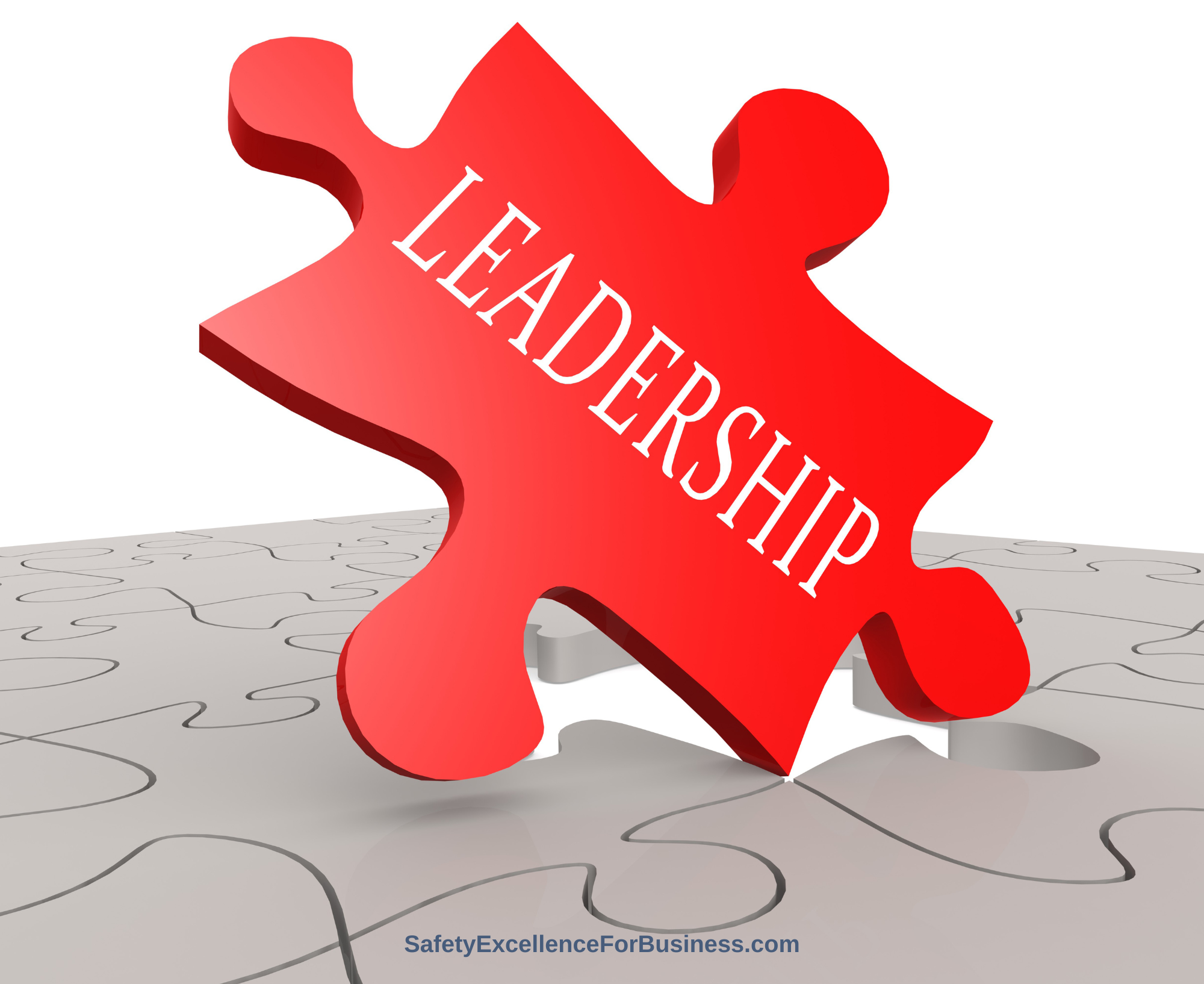
Whether we are HR Managers, Safety Leaders, CEO’s, Supervisors or Managers – the same message applies.
Notes:
- I am amazed by how few Safety Leaders understand that the Cultural side of Workplace Violence (which can negatively manifest into bullying, harassment, incivilities, and dysfunction) is part of Safety – having a workplace free of intimidation and abuse is how we eliminate psychological and emotional injuries and incidents.
- I am concerned how many Human Resource managers (many of them siloed into various positions, like “I only deal with Benefits; or I only deal with Talent Recruitment; or I only deal with onboarding”), have shunned their responsibility for behavioral dysfunctions within the larger organization. Yet, they do consider themselves Leaders.
Consider this: A Supervisor/Leader walks by an obvious Safety hazard/condition in the workplace, that if not corrected, will likely lead to a physical injury to someone. When that Leader walks by, ignoring it, he/she is telegraphing to the organization what their standard is – it doesn’t matter enough to him/her to take action – it’s okay if someone gets physically hurt.
Similarly, when a supervisor or leader observes or overhears harassment or bullying or disrespectful things being said, or gestures being made, and does nothing to stop it – he or she, again, conveys to the organization that it doesn’t matter – in other words, it is okay if someone is being hurt emotionally / psychologically – in effect, the Supervisor by not stepping up, allows the disrespectful dysfunctional behaviors – and because they go unchecked, these behaviors continue.
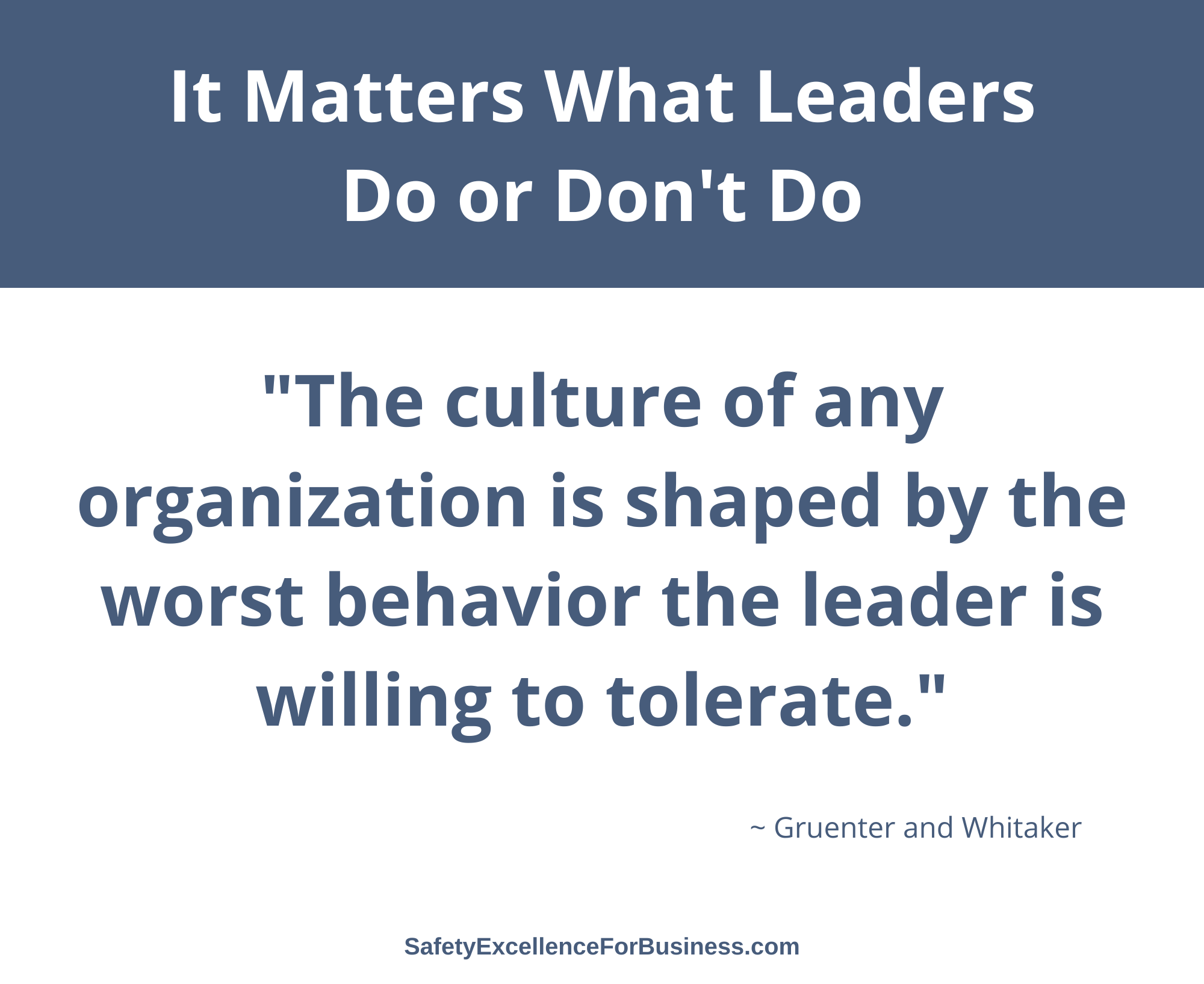
This begs the question: Why are Leaders timid? Afraid to step in? Lack the managerial courage? Is it lack of skill? Lack of will? Fearful of how they may be seen? Afraid of not being liked? Afraid of not being supported? There is always something underneath that every leader needs to understand about their own Leadership. How about YOU?
At Nagele and Knowles, we teach Leaders HOW TO LEAD. It is about stepping up, stepping in, and staying in the heat. The heat is hottest in the nosecone of the rocket. Do you need to learn more about handling conflict, engaging, and being better at confrontation skills?
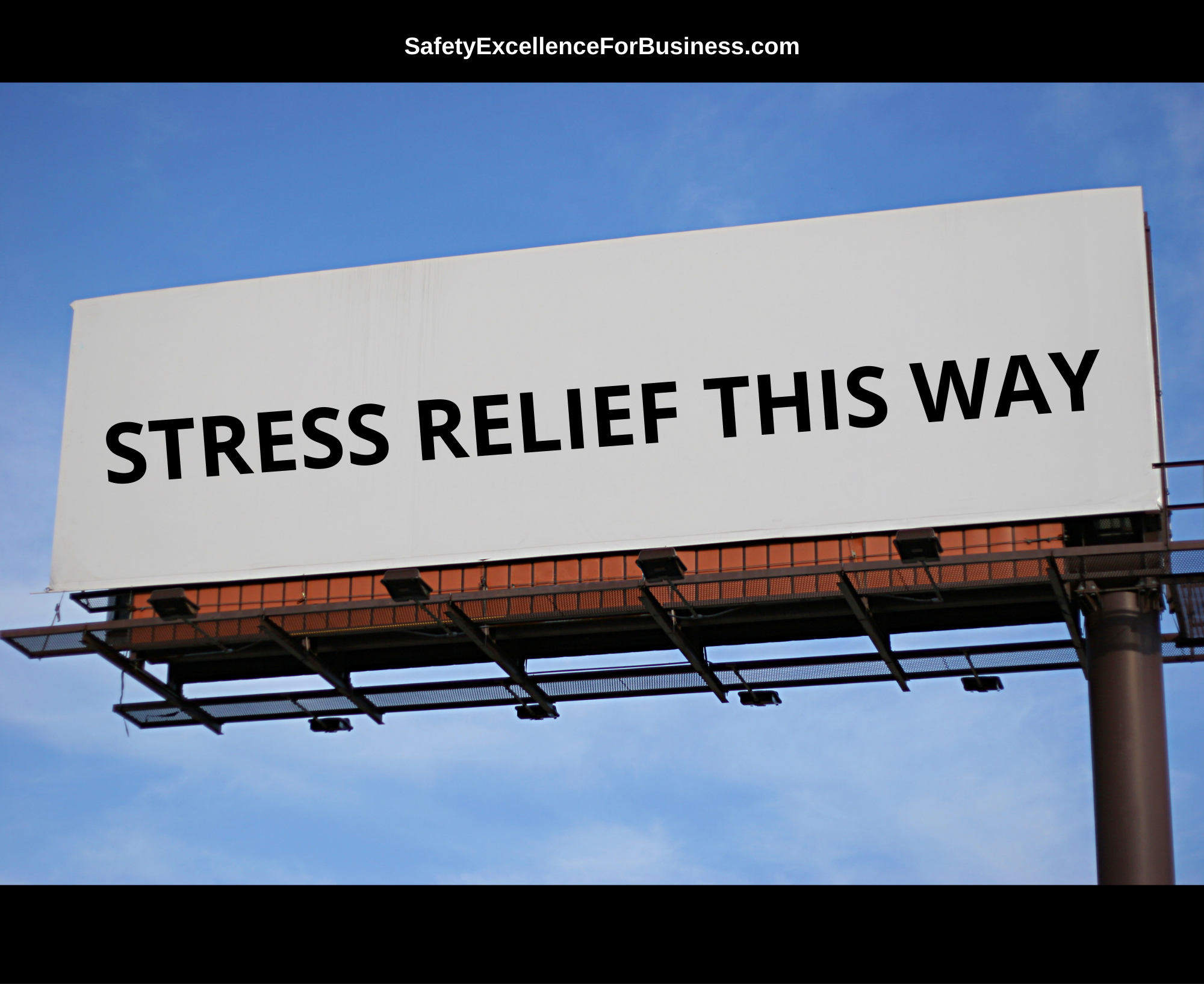
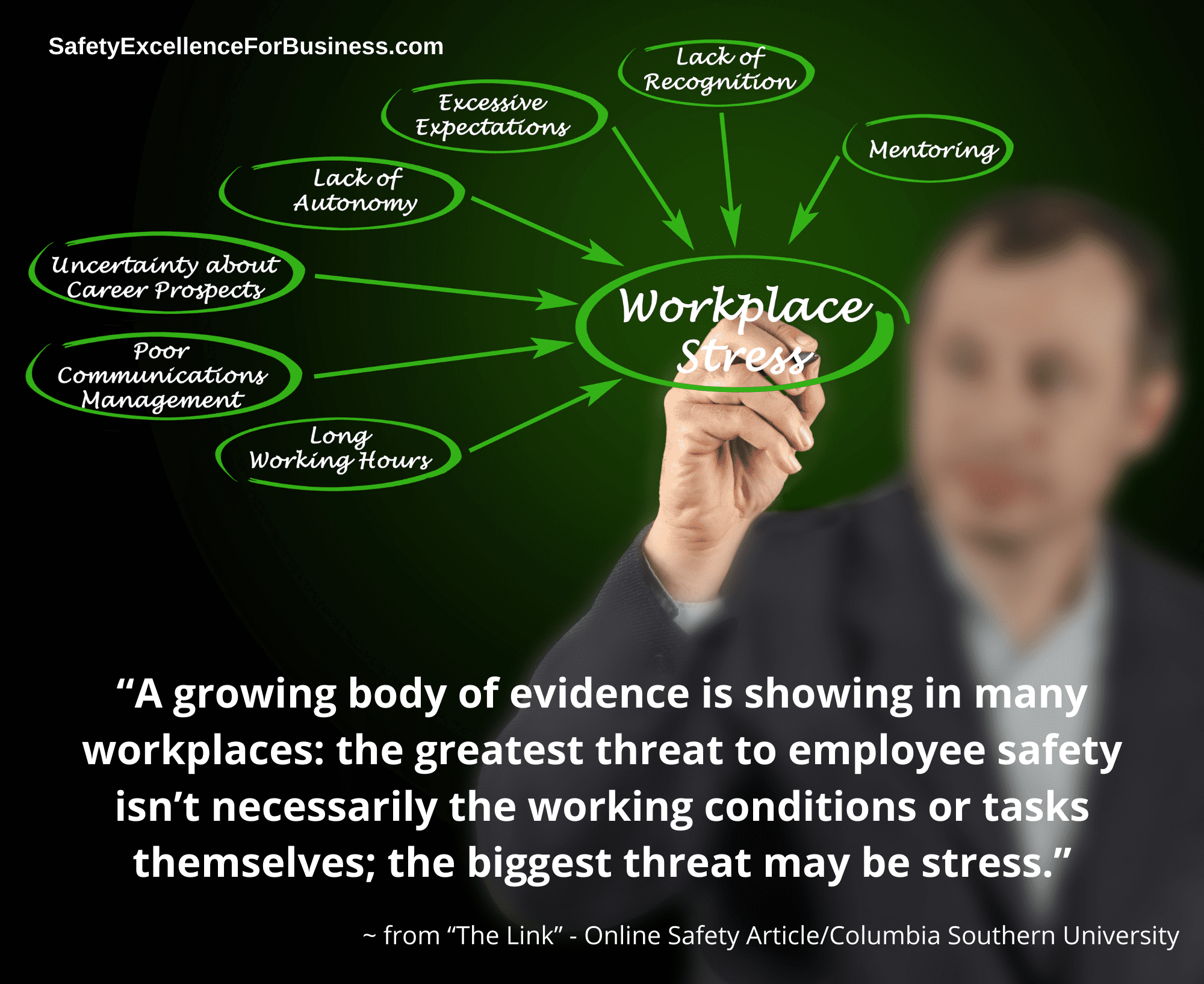

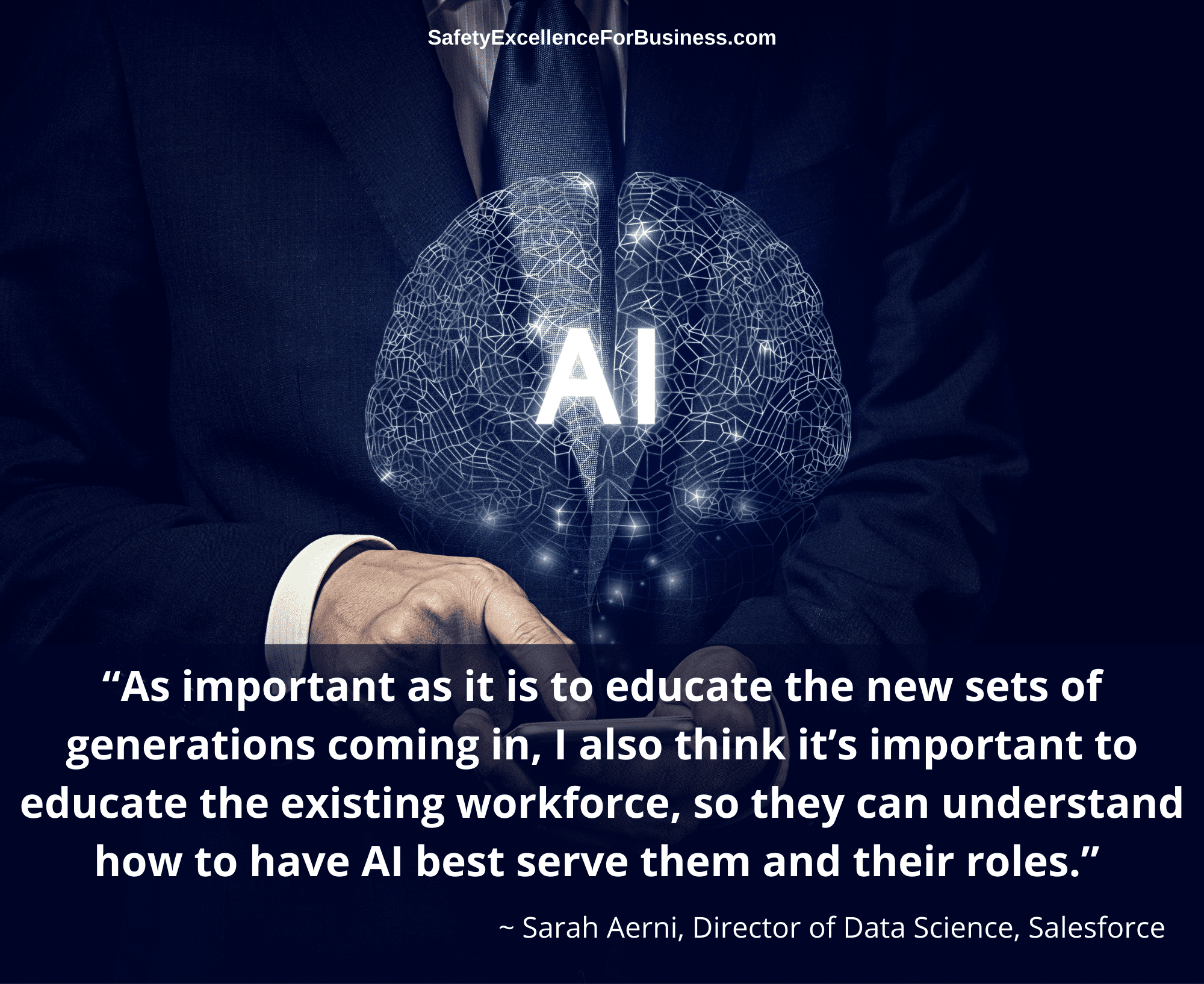

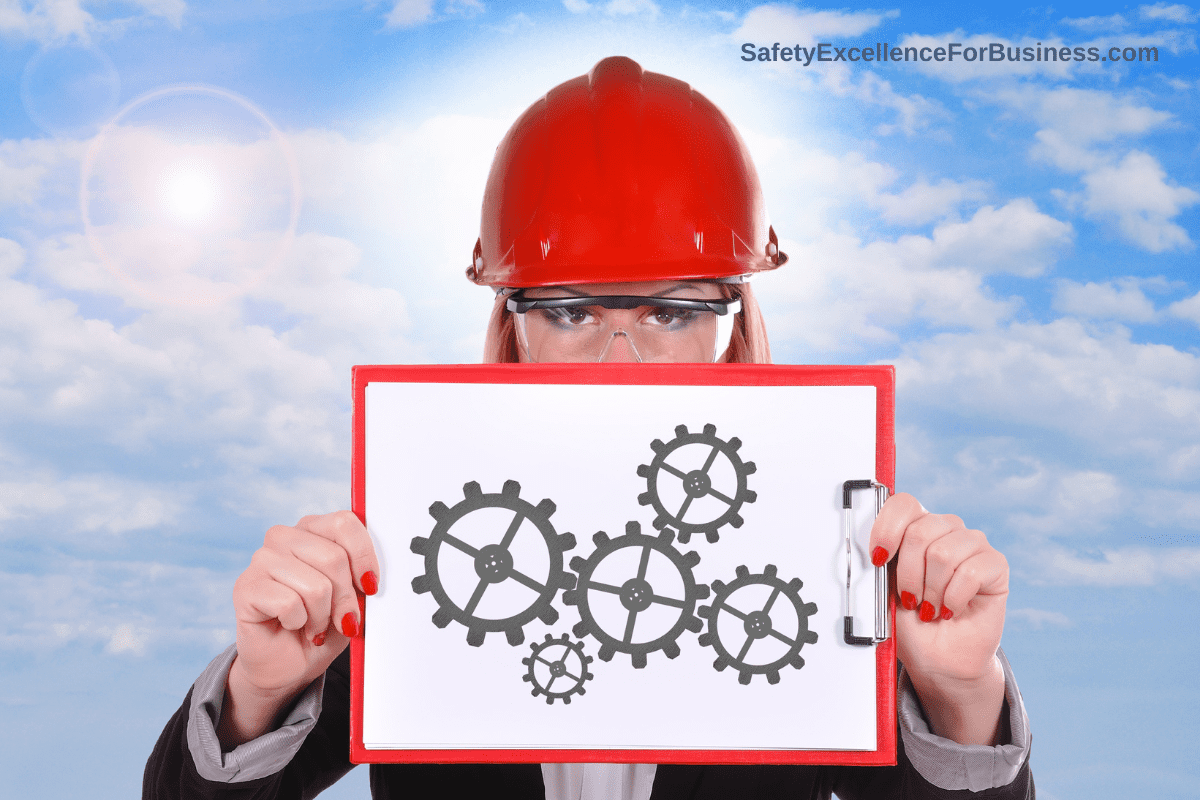

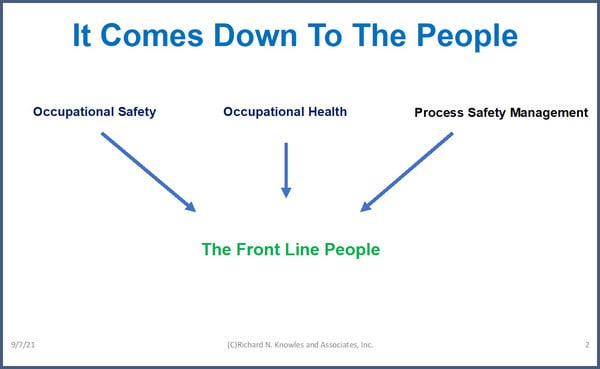
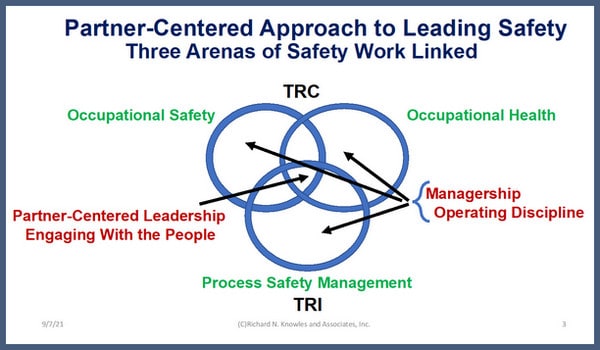
 Our knowledge, experience and education enable us to understand what is going on around us and helps us to determine if it is safe…if we are “clued in.” This is not a complicated idea, yet we see so many people who seem to be totally oblivious about what is going on around them.
Our knowledge, experience and education enable us to understand what is going on around us and helps us to determine if it is safe…if we are “clued in.” This is not a complicated idea, yet we see so many people who seem to be totally oblivious about what is going on around them.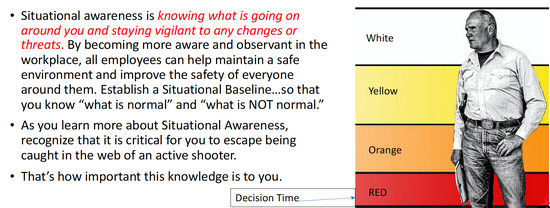

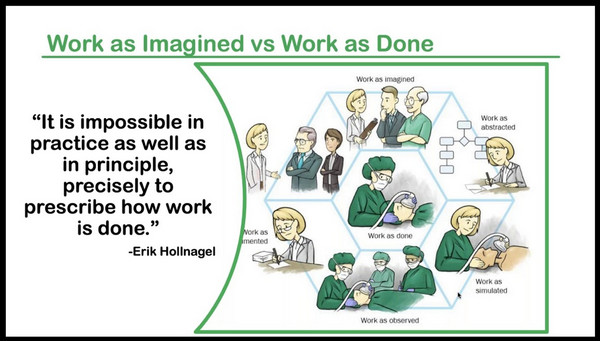
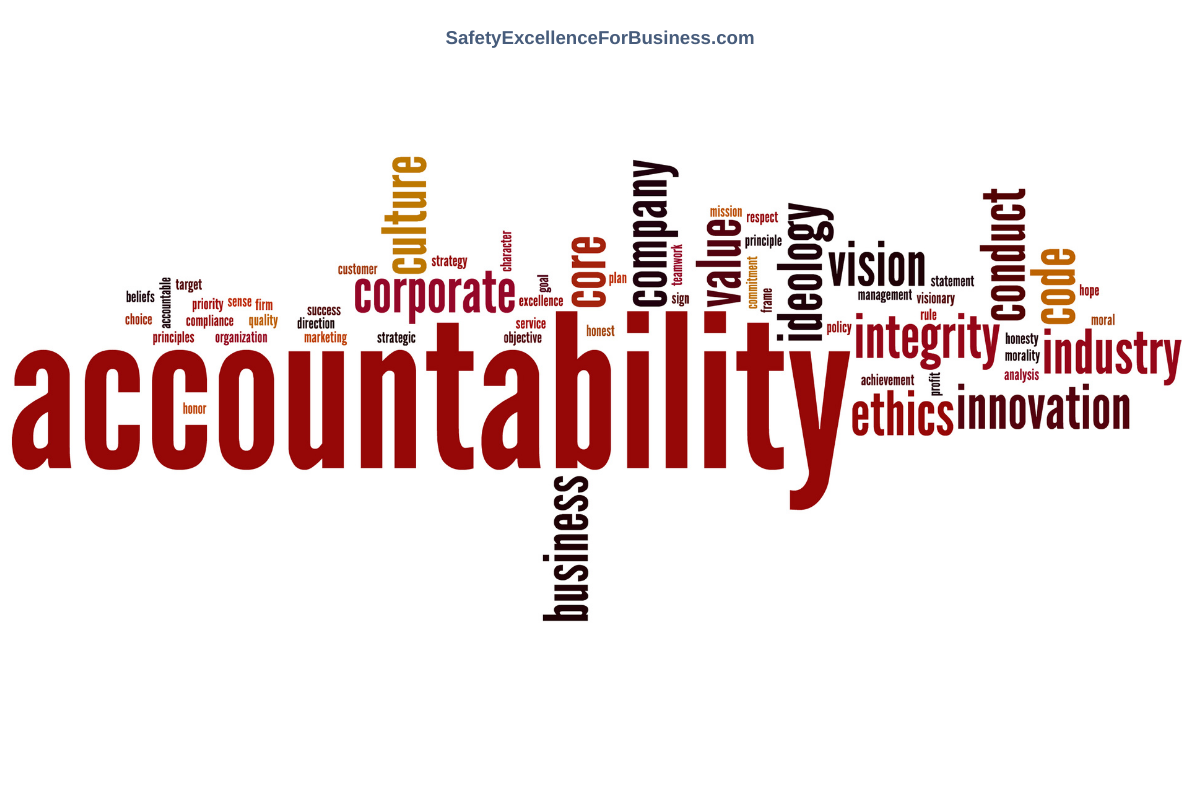
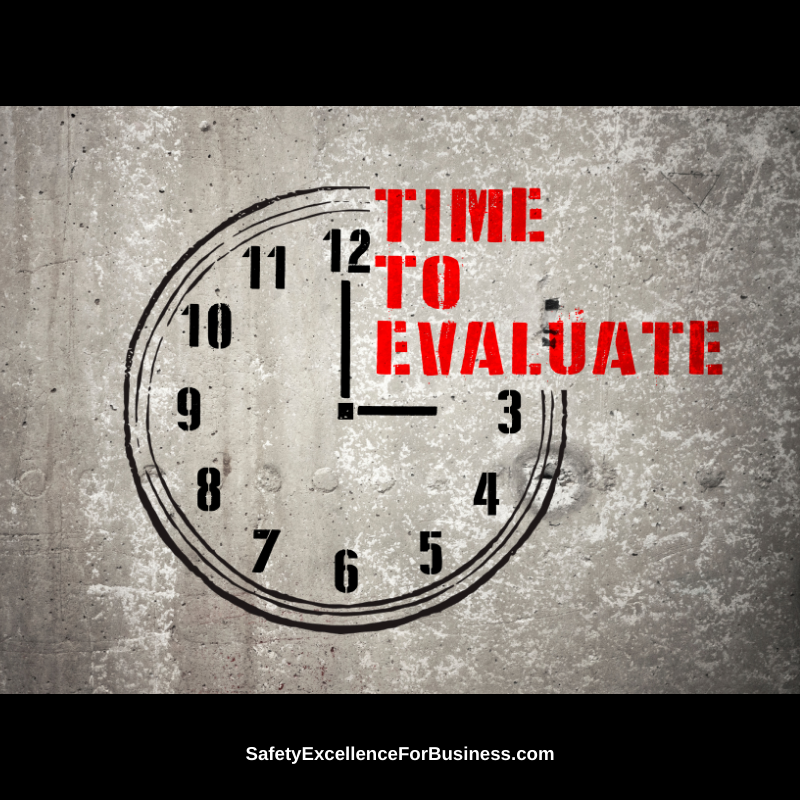
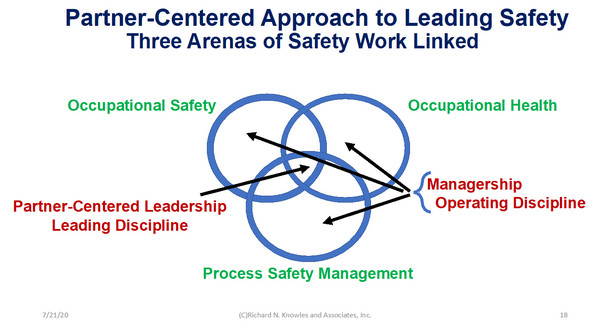
 Learning to work more effectively, through our safety work, spread to the whole organization. Each of you reading this newsletter can make a big difference as you engage with the people in your organizations, sharing information, building respect and trust. The impact of your work will spread.
Learning to work more effectively, through our safety work, spread to the whole organization. Each of you reading this newsletter can make a big difference as you engage with the people in your organizations, sharing information, building respect and trust. The impact of your work will spread.



